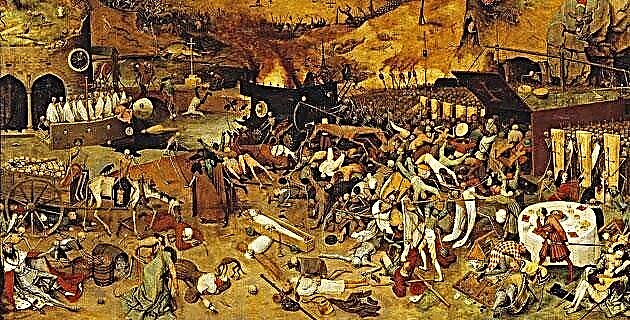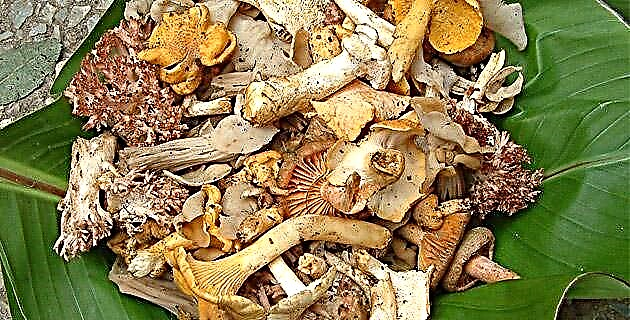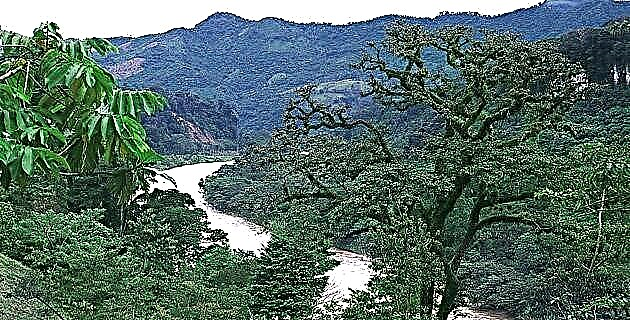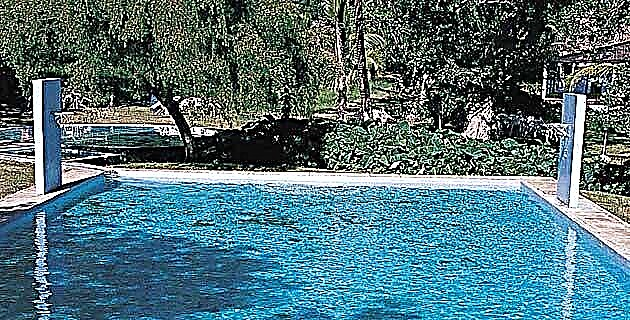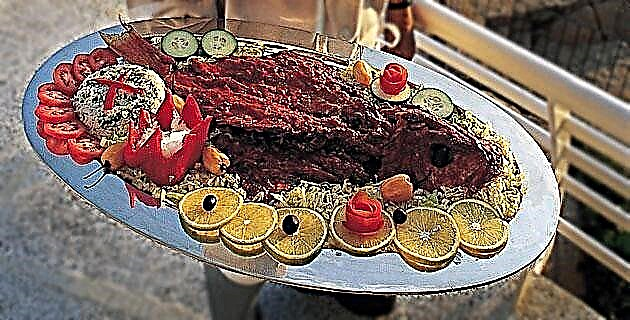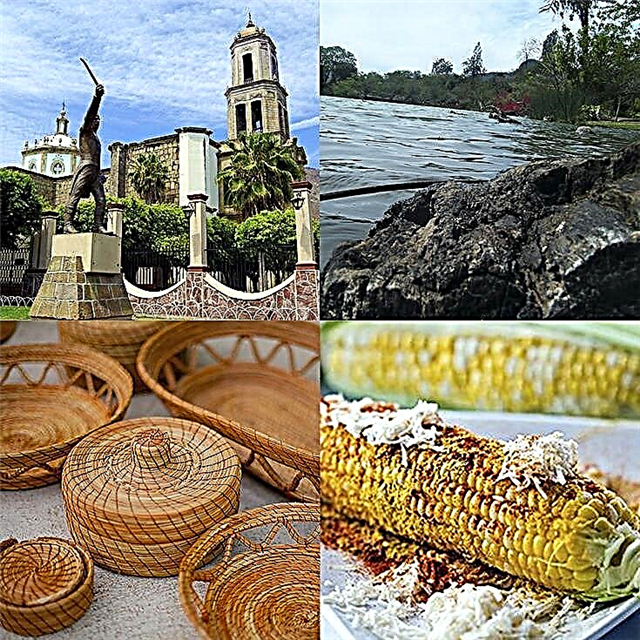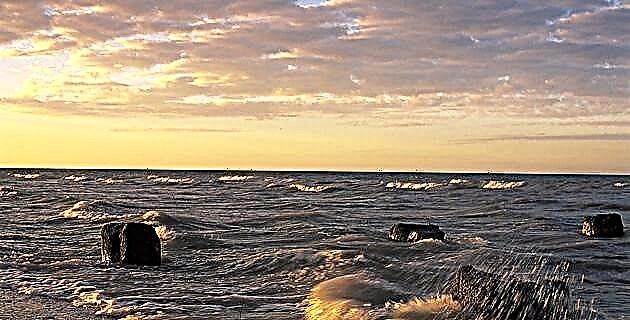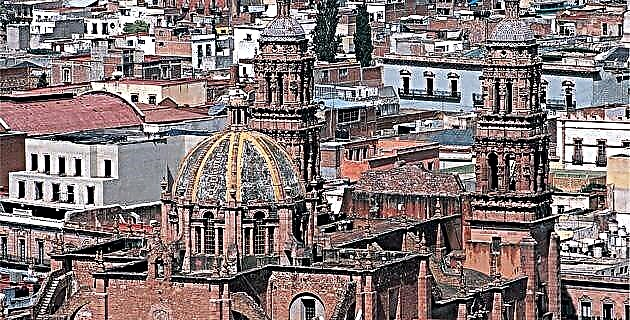
Nestled in a setting of pink rock mountains, this beautiful city, a World Heritage Site, was born (in the early year of 1546), from the discovery of precious metal deposits in the subsoil.
The charm of Zacatecas, like the good experiences of life, is not comparable in quality or quantity with that of other cities. Sculpted by chance, which wanted millionaire veins of gold and silver to be found in the depths of its ravine, the city did not grow with the squared rationality of cities that seek flat and even terrain to evolve.
Rather, Zacatecas rises in the most uncomfortable and unlikely terrain, the sharp and rugged bottom of a mountain valley that generates interesting and unusual topography. Undulating streets, narrow staircases that wind up and down, few straight lines, paths that intersect abruptly in the façade of a 16th century baroque temple, or a 17th century stately mansion, imposing and majestic buildings difficult to appreciate in perspective due to the narrowness of its alleys. In this maze of surprises, it is easy to understand why the Historic Center was declared a World Heritage Site by UNESCO in 1993.
Reality and legend
The mining activity of this place caused the degree of splendor and delicacy of all the buildings that we see around us, since the temples, large houses and palaces were built with the wealth extracted from the mines between the 16th and 19th centuries, and in the that all architectural styles are used, from the opulent colonial to the French neoclassical — in the most recent ones. It is clear that the wealthy and powerful Zacatecan miners spared no expense in building their residences, nor did they hesitate to offer formidable donations to the Church to build temples and convents.
There are sites, such as the current Palace of Justice, or the Mala Noche, which has its own legend. It is said that a couple of centuries ago the palace was the luxurious residence of a wealthy miner named Manuel Retegui, who had squandered his fortune on the frivolous pleasures of life. The latter, plunged into sudden poverty, chose suicide, but just as he was preparing for the grand finale, someone knocked on his door, announcing that a fabulous vein of gold had been discovered in his Mala Noche mine. Thus, for a few more years, perhaps until the next crisis, the miner was far from his appointment with death and poverty. There is no better way to get to know this and other legends than by going deep into the Eden Mine, discovered in 1586. A little train and a guided tour will introduce you to this fearsome underworld, generator of fortunes and misfortunes.
Art, roots and rest
Due to its architectural monumentality, the one that stands out is the Zacatecas Cathedral, entirely carved in pink quarry and whose construction was also financed by wealthy miners between 1730 and 1760. It is one of the most beautiful examples of Mexican Baroque architecture, since in the facade and the towers you can discover the exuberant hand of indigenous artisans. The hours go by trying to unravel all the mysteries that are contained in the hundreds of figures of real and mythical animals, beautiful or monstrous men and women; gargoyles, birds of paradise, lions, lambs, trees, fruits; bunches of grapes, masks, a true display of pagan imagination inadvertently embedded in the Temple.
Almost opposite the Cathedral, the Temple of Santo Domingo, de la Compañía de Jesús, which contains an octagonal sacristy and eight magnificent Baroque altarpieces, one of them dedicated to the Virgin of Guadalupe, also attracts attention. In Zacatecas there are more than 15 museums, most of them dedicated to art, but there are two that are worth highlighting. The first is the Rafael Coronel Museum, housed in the old San Francisco Convent - which dates from 1567 and had to be abandoned after the reforms of the Mexican Revolution. Grass and flowers grow in its patios and gardens. In the midst of great ruins, walls and arches, the blue of the sky penetrates where domes should be and today there are roofless columns. It is one of the most impressive surrealist sites in the country and houses the El Rostro Mexicano collection, with a sample of more than 10,000 masks collected among popular artists from various regions of Mexico: animals, monsters, maidens and innumerable devils that combine religious and carnival motifs. and prehispanic.
Another site that is also surprising is the Zacatecano Museum of Culture, since since 1995 it exhibits more than 150 Huichol embroidery that belonged to the North American scientist Henry Mertens, who lived with this indigenous group for many years in the mountains of Nayarit. They move the beauty and visual imagination of the artisans of this ethnic group, and the extremely interesting explanations of the symbolism and cosmogony that a guide of Huichol origin narrates during the tour of the museum. The murals, altarpieces and the smithy displays complete this artistic diversity. The majesty of this city is also appreciated in its hotels. The Quinta Real incorporates in its construction the oldest bullring in North America; its rooms and restaurants surround the ring, where bullfights used to take place and which is now a garden. As for the bar of this enclosure, it is the old corral de los toros. Another typical and colorful hotel is Mesón del Jobito, an old, labyrinthine farm, restored by the Council of Colonial Monuments, which preserves the charm of Mexican colonial design.
The surroundings
When you feel like getting away from the city, take a walk through the Sierra de Órganos Natural Park, located in the Sierra Madre Oriental, 165 km from Zacatecas - on the way to the town of Sombrerete on Highway 45. It is not very big, but its landscapes are unforgettable. Huge rocks (like pipes with huge organs), of a reddish color, rise to form amphitheaters and very beautiful spaces. There are trails for walking or biking, and the exotic vegetation of flowering cacti is always a surprise for those of us who do not usually walk inch by inch through the desert. If you are lucky you may spot a coyote, fox, or deer or admire the reddish stone towers turn purple at sunset, while the transparent desert sky changes color second by second until disappearing into the starry darkness.

